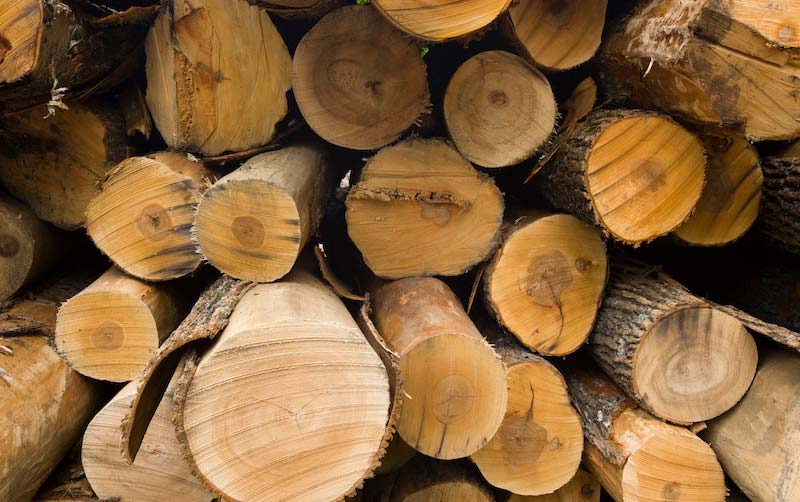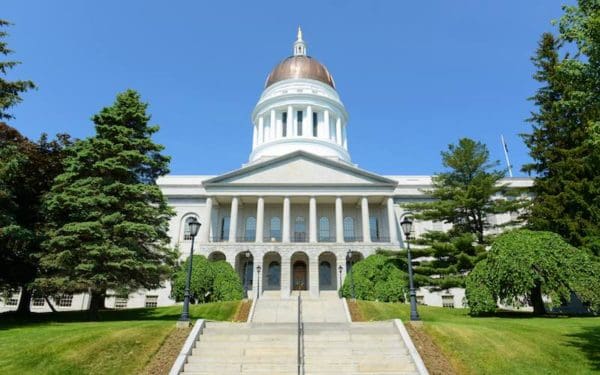
Burning wood to generate electricity is not a climate solution. We deserve better – we deserve clean energy. Photo: Ecophotography.
Juliette Rooney-Varga is an internationally recognized expert on climate change and sustainability. She is a professor at UMass Lowell and Director of the UMass Lowell Climate Change Initiative. She also co-directs the UMass Lowell Rist Institute for Energy and Sustainability.
The impacts of climate change are felt by people everywhere – and are growing. Intense storms, floods, wildfires, and extreme heat, all strengthened by global warming, threaten our communities, neighbors, friends, and families.
Science points to a clear solution: a rapid transition away from climate-polluting energy and towards clean energy. But there is also growing confusion about how we can achieve that transition and which energy sources are ”clean.” Wood bioenergy is often considered “renewable,” “carbon neutral,” and, therefore, a climate solution. But is it? Our work and others’ show the answer is no. Here’s why.
Biomass Is Not Climate Neutral
Biofuels are any source of biologically derived material – like trees, plants, food waste, farm waste, and human waste – that is burned to produce energy. Across the world, we’re seeing myriad biofuels proposed as a form of “renewable energy.” Among these fuels is wood biomass.
Proponents of biomass argue that it is carbon neutral because the carbon pollution released by burning wood is later stored by the trees regrown for more fuel supply. They say the “carbon debt” from burning wood is “repaid” when trees grow back. But, even if trees are allowed to regrow until they store the same amount of carbon as before, is wood bioenergy climate neutral?
Again, the answer is no.
Trees are harvested, and wood is processed, transported, and burned to create electricity, immediately releasing all the carbon stored as climate pollution. Trees may be replanted and allowed to grow back. But trees grow slowly – it takes decades or more for them to reabsorb the carbon already emitted – if they are allowed to grow at all. So, in the best case, wood bioenergy increases carbon in the atmosphere for decades.
Those decades matter. Even a temporary spike in climate-damaging emissions worsens climate change and its impacts. The damage done by storms, wildfires, flooding, and heatwaves is not undone even if carbon is eventually reabsorbed by new trees. Sea level rise caused by a carbon pollution spike does not go down when some of that carbon gets soaked back up in new trees.
So, while the emissions from burning wood for fuel may (hypothetically) stay in our atmosphere only temporarily, the damage they cause is irreversible.
Worse, if we use more and more wood bioenergy over time, the carbon debt never gets paid off. Like paying off credit card debt with even more credit card debt, the problem only grows.
We Can’t Sacrifice Our Health and Wallets for Biomass
Simply put, wood biomass electricity endangers people, from the moment it’s burned to when its emissions clog the atmosphere.
Burning wood releases toxic air pollutants that can aggravate cardiovascular diseases and respiratory illnesses. These pollutants can also cause birth defects, neurodegenerative diseases, and even death. When biomass facilities are sited in our communities, it means friends, neighbors, and families breathe in these pollutants daily. The McNeil biomass plant in Burlington, Vermont, for example, sits in a community already vulnerable to climate change’s impacts. It is near the neighborhood’s apartments, schools, and playgrounds, affecting all the people who live there.
We face even more danger when biomass’s climate-warming emissions pollute our atmosphere. Deadly high temperatures and devastating flooding are just some of the effects we see claiming lives both here in New England and across the world. Even assuming some emissions get soaked up by new trees, we can never get those lives back.
How Can New England Move Away from Wood Biomass?
The good news is we are seeing New England states catch on to the dangers of wood biomass. Massachusetts recently updated its Renewable Energy Portfolio Standards, a policy that gives electric utilities financial incentives for providing and using clean energy. This update excludes all new wood biomass plants from receiving financial incentives.
All other New England states should follow suit. Without government financial help, biomass facilities can’t afford to proliferate.
Additionally, part of the problem is that we’re asking the wrong question. Proponents of wood biomass ask “what is the carbon impact of replacing fossil fuels with wood?” Instead, we should be comparing burning wood to energy that is actually clean.
All New England states have ambitious climate goals that aim to cut emissions by half in about a decade. The question we need to ask is how we can make that happen. Clearly, we need to stop burning fuels that emit carbon, including coal, oil, natural gas, and wood. And we need to transition to clean energy sources like energy efficiency, solar, and wind.



